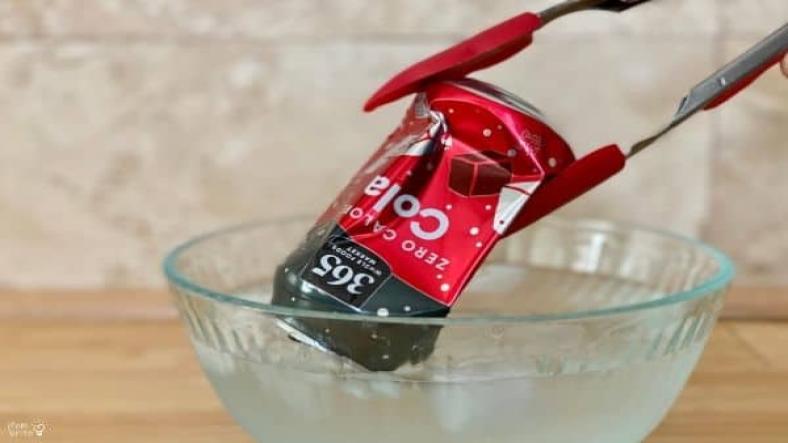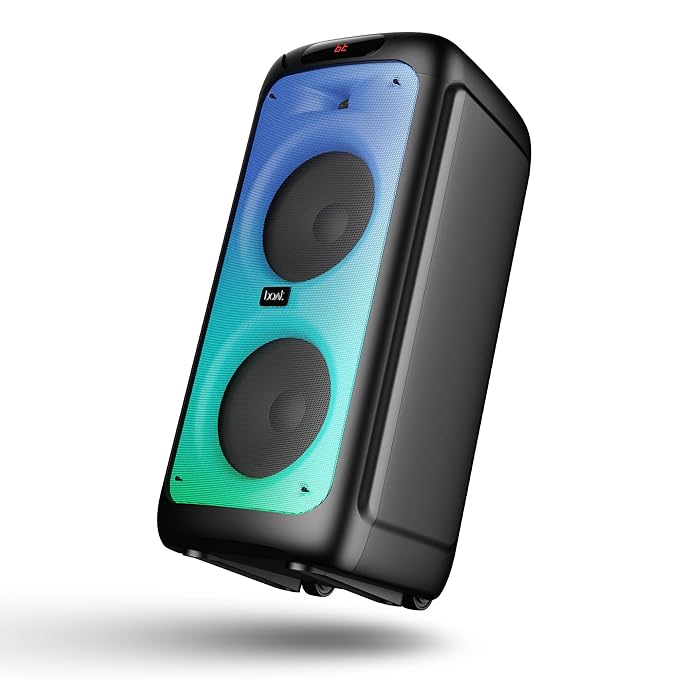Creating a Cartesian diver is a simple and fun science experiment that allows children to explore the concepts of buoyancy and pressure.
Here's how to make one:
Materials Needed:
- Clear plastic bottle with a screw-on cap
- Small plastic eye dropper or pipette
- Water
- Optional: Food coloring
Instructions:
- Fill the plastic bottle with water almost to the top. Leave a small air gap at the top of the bottle.
- Fill the small plastic eye dropper or pipette with water by squeezing it and then placing the open end into the water. Release the squeeze and water should enter the dropper.
- If desired, add a drop of food coloring to the water inside the dropper to make it easier to see.
- Screw the cap tightly onto the bottle to ensure it is sealed properly.
- Test the Diver:
- Gently squeeze the sides of the bottle. As you apply pressure, the water pressure increases, causing the air inside the eyedropper to compress. This makes the diver denser and causes it to sink.
- Release the pressure and the air inside the eyedropper expands, making the diver less dense and causing it to rise.
- Experiment:
- Encourage children to experiment with different amounts of pressure and observe how it affects the diver's movement.
- They can also try adding or removing water from the bottle to see how it affects buoyancy.
- Discuss with children the scientific principles behind the Cartesian diver, including buoyancy, pressure and density.
- Extension Activities:
- Have children design and create their own Cartesian divers using different materials and shapes.
- Explore how changing the size or weight of the diver affects its behavior.
- Discuss real-life applications of buoyancy and pressure, such as submarines and underwater exploration.
Safety Tips:
- Ensure that the plastic bottle is sturdy and tightly sealed to prevent leaks.
- Supervise children during the experiment, especially when handling water and small objects.
By creating a Cartesian diver, children can gain hands-on experience with the principles of buoyancy and pressure in a fun and engaging way. It's a great way to spark their curiosity and encourage them to explore the world of science.
Thanks for reading the article, for more Science & Technology related articles read and subscribe to peoples blog articles.















